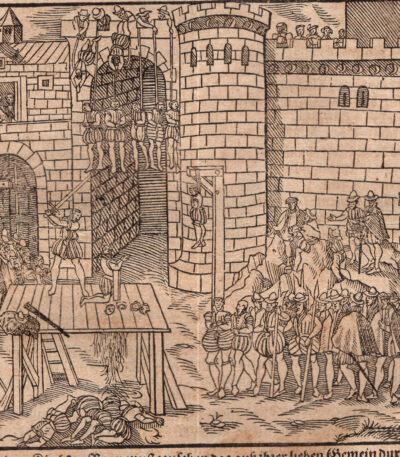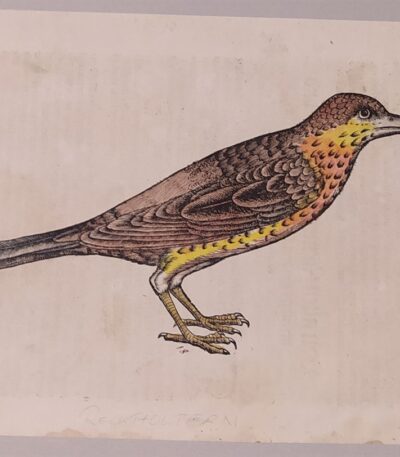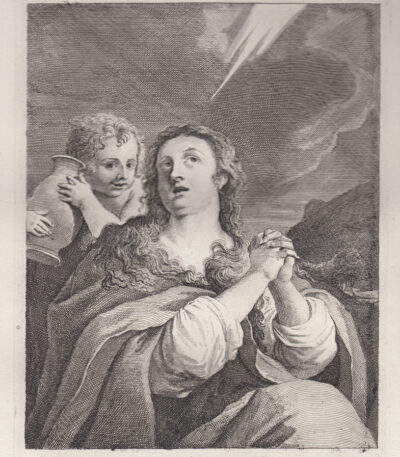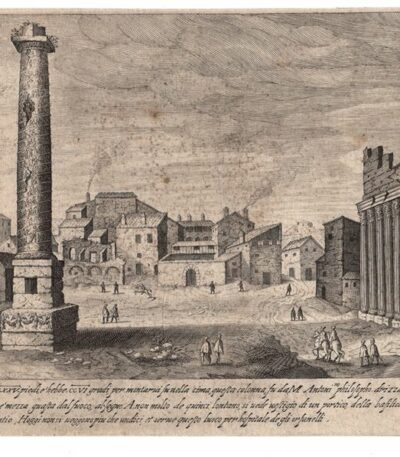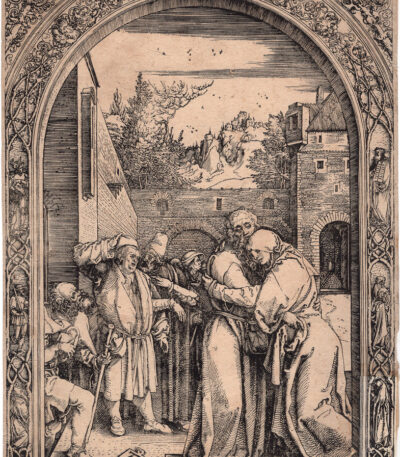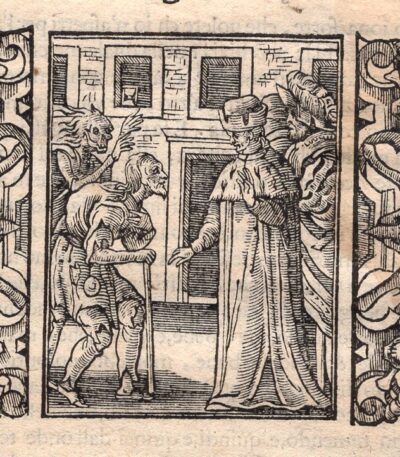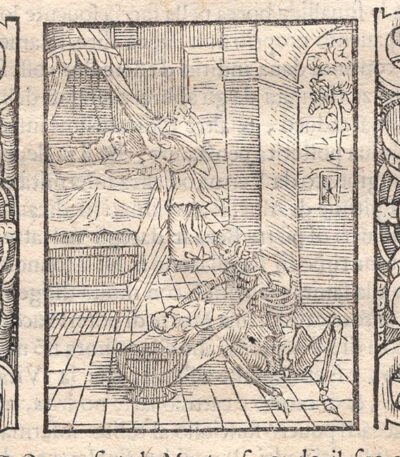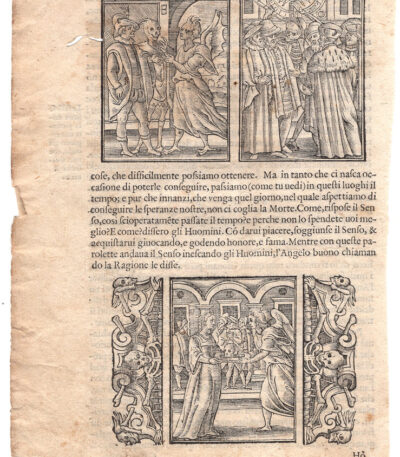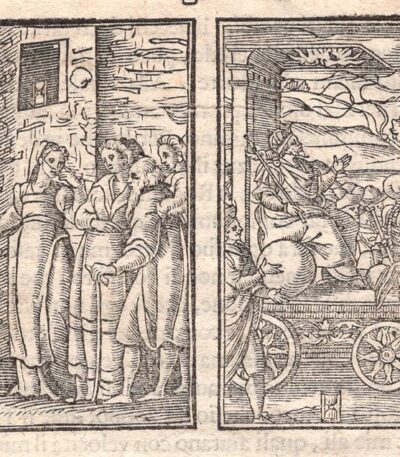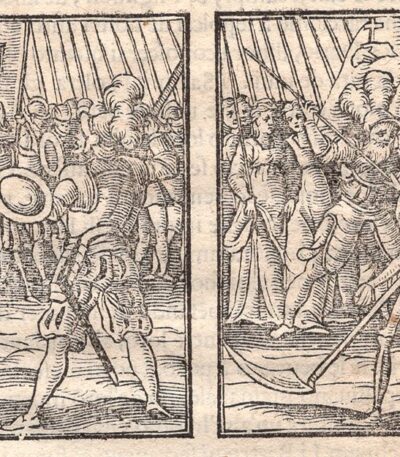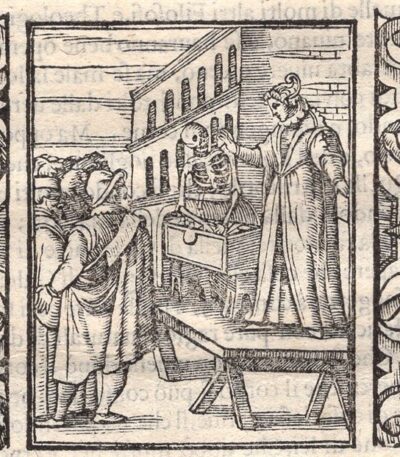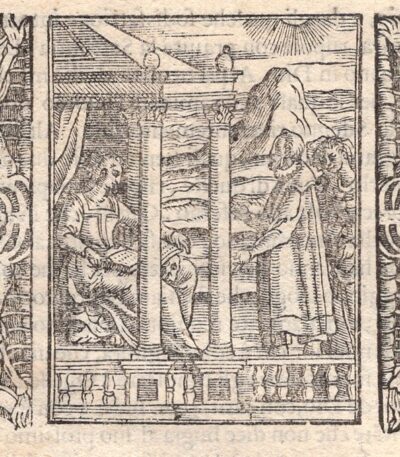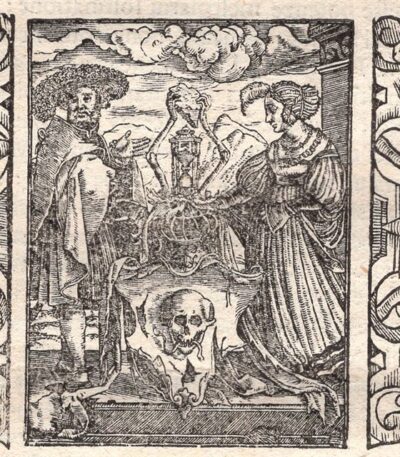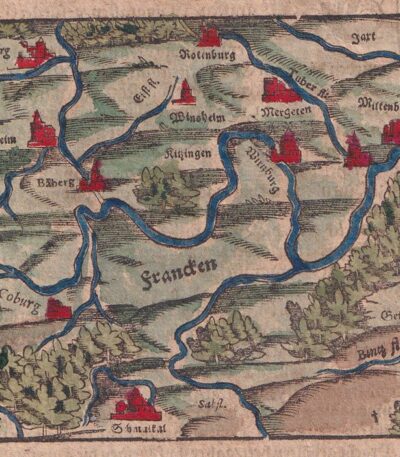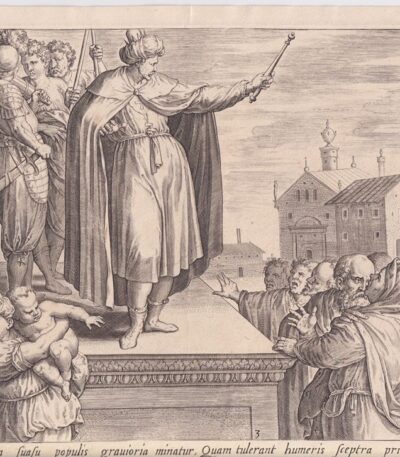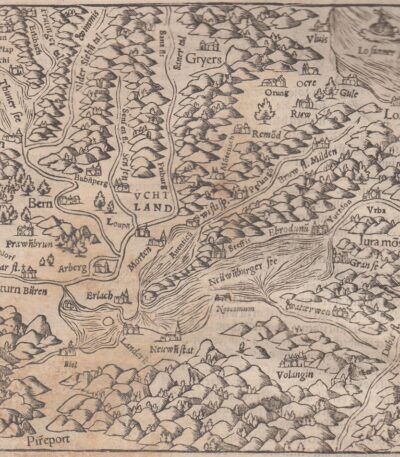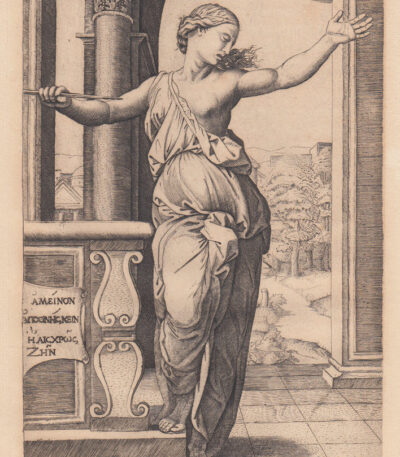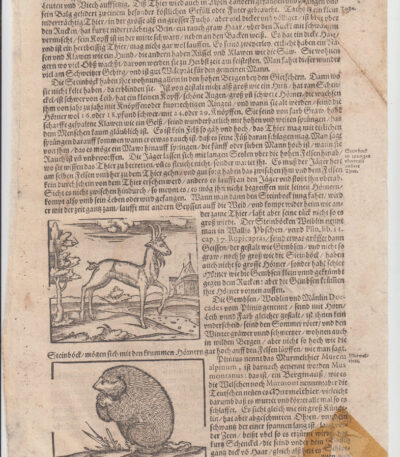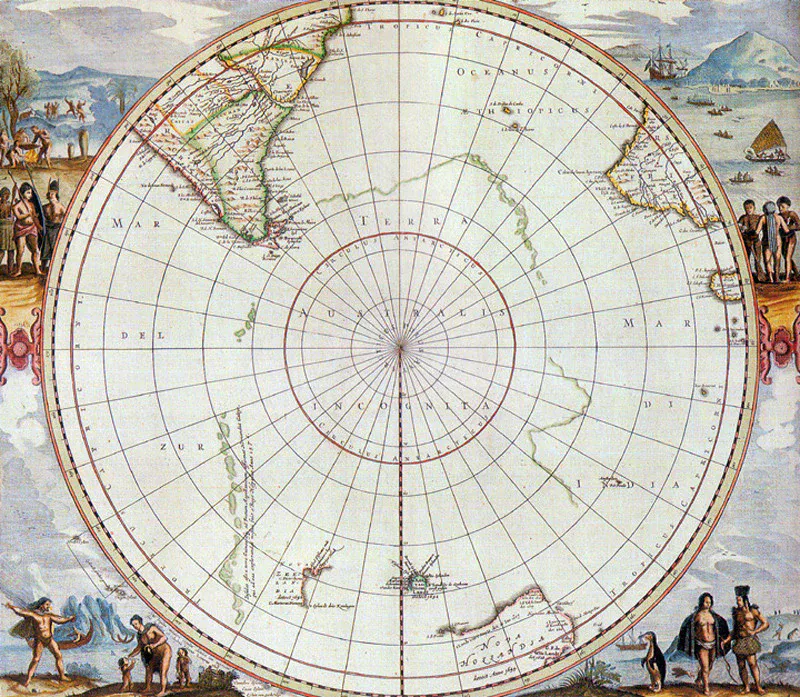XVI
Filter by price
Filter by size
- Medium (88)
Product categories
- Allegories 25
- Anatomy Medicine 187
- Animals Zoology 163
- Old Masters 1236
- Famous Old Masters 637
- Berchem Nicolaes 35
- Callot Jacques 31
- Of the Beautiful Stephen 94
- David Deuchar 169
- Dore Gustave 103
- Dürer Albrecht 19
- Gabriel Perelle 24
- Hogarth William 87
- Salvator Rosa 21
- Van Ostade Adriaen 83
- Ancient Italian Masters 368
- Ancient Foreign Masters 824
- Famous Old Masters 637
- Architecture 41
- Arts and Crafts 406
- 20th Century Artists 16
- Astrology 59
- Astronomy 25
- Children 89
- Bartholomew Pinelli 123
- Botany Flowers Fruit 118
- Cartography 412
- Consalvo Carelli 31
- Costumes 547
- Drawings and Watercolors 130
- Ex libris 232
- Falsi d'Autore 3
- Butterflies 22
- Games 16
- Joseph Maria Mitelli 40
- Central Italy 960
- Insular Italy 274
- Southern Italy 898
- Avellino 9
- Bari 9
- Barletta 5
- Benevento 12
- Toasts 13
- Phlegraean Fields 83
- Campobasso 10
- Capri 18
- Caserta 43
- Catanzaro 4
- Chieti 8
- Cosenza 7
- Croton 2
- Foggia 15
- Ischia 20
- Isernia 3
- The Eagle 25
- Lecce 13
- Matera 3
- Naples 453
- Naples Province 63
- Pompei 49
- Power 9
- Reggio Calabria 16
- Salerno 74
- Sorrento 25
- Taranto 4
- Teramo 7
- Vesuvius 25
- Northern Italy 1028
- Alexandria 67
- Aosta 36
- Asti 9
- Belluno 9
- Bergamo 12
- connecting rod 3
- Bologna 37
- Bolzano 15
- Brescia 21
- How 31
- Cremona 16
- Wedge 43
- Ferrara 24
- ForliCesena 3
- Genoa 70
- Imperia 19
- La_Spezia 12
- Lecco 6
- Praise 3
- Mantua 23
- Milan 53
- Modena 16
- Monza 3
- New 9
- Padua 27
- Parma 15
- Pavia 27
- Pleasure 10
- Ravenna 23
- Reggio Emilia 9
- Rimini 4
- Rovigo 4
- San_Marino 2
- Savona 10
- Sondrio 18
- Turin 76
- Trento 25
- Treviso 13
- Trieste 21
- Udine 8
- Varese 8
- Venice 94
- Verbano Ossola 16
- Vercelli 10
- Verona 48
- Vicenza 27
- Ancient Books 55
- Ancient Maps 250
- Masks 45
- Ovid's Metamorphoses 65
- Military Battles 82
- Mythology 110
- Fashion 39
- Monarchy 96
- Monograms Numbers 221
- Music 37
- Famous People 588
- Saints 212
- Ancient Holy Cards 250
- Holy cards 20th century 57
- Genre Scenes 409
- Science and Technology 59
- Watercolor Prints 63
- Antique Prints for Events and Weddings 17
- Prints with Marine Ships 12
- Prints with Nudes 23
- Prints from Paintings 447
- Decorative Prints 626
- Large Format Prints 181
- Religion Prints 728
- Erotic Prints 110
- Small Size Prints 160
- Prints cm7x10 31
- Prints cm8x11 75
- Prints cm9x12 54
- Coats of arms 116
- History and Culture 983
- Universal Cosmography 119
- Dance of Death 97
- Philosophy 9
- Literature 142
- History and Culture 371
- Natural history 441
- Theater 43
- Birds 174
- Humor Satire 43
- Views of Foreign Cities 448
- Africa 3
- Albania 3
- America 1
- Australia 2
- Austria 17
- Belgium 9
- Bulgaria 1
- Canada 1
- China 4
- Croazia 2
- Denmark 2
- Egypt 6
- France 70
- Germany 76
- Greece 47
- India 2
- England 20
- Israel 7
- Lebanon 2
- Malta 11
- Netherlands 2
- Paris 14
- Poland 2
- Portugal 8
- Repubblica Ceca 2
- Russia 12
- Syria 2
- Spain 41
- United States 6
- Swiss 51
- Tunisia 6
- Türkiye 15
- Italian City Views 2919
Explore the fascinating world of antique prints
Antique prints are silent witnesses of history, capable of transporting us to distant eras through the art of engraving. Our e-commerce offers a vast selection of these precious finds, carefully selected for their authenticity and artistic value. Whether you are an expert collector or a novice enthusiast, you will find unique pieces here that will enrich your spaces with a touch of timeless elegance.
A safe and rewarding shopping experience
We understand the importance of each individual print and are committed to ensuring a flawless purchasing experience. Our secure payment system and insured shipping with professional packaging ensure that each piece arrives in the best condition. Our expertise in the sector allows us to offer detailed descriptions and personalized advice, helping you to make informed choices. If you have any questions or specific requests, do not hesitate to contact us: we will be happy to guide you into the wonderful world of antique prints.

